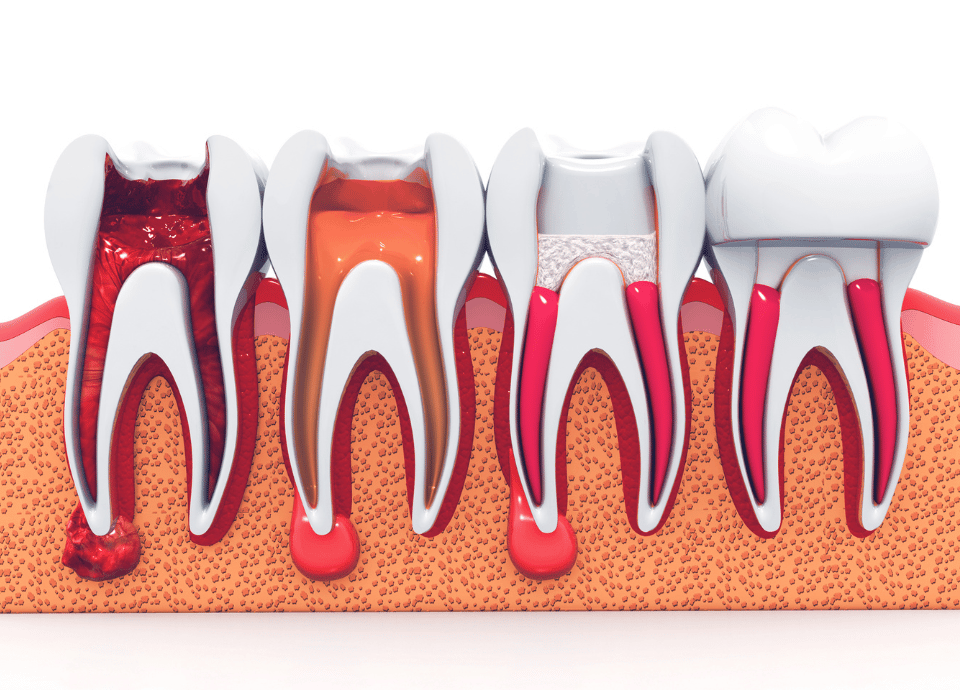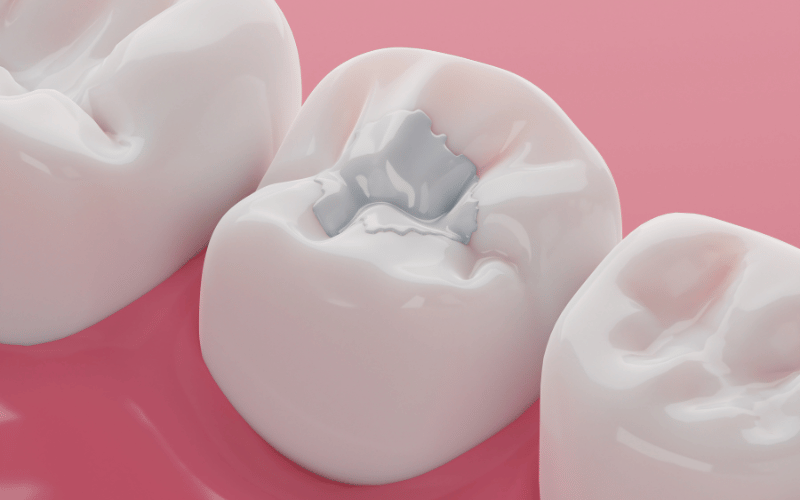Call: (810) 674-3060
5 Main Types Of Dental Fillings Explained With Their Benefits

Dental fillings are an essential part of maintaining good oral health, but there are many types to choose from. Dental fillings can be made from metal or composite materials, offering distinct advantages. This article will discuss five main types of dental fillings and explain their benefits. We will also answer frequently asked questions so you can make an informed decision when choosing a filling material for your next dental procedure.
Amalgam Fillings
Amalgam fillings are made using a combination of metals, including silver, tin, copper and mercury. They are strong and fairly inexpensive compared to other filling materials, making them suitable for large cavities caused by trauma or decay. Amalgam fillings last for several years. However, they are more noticeable than other materials due to their colour and can cause metal sensitivity in some people.
Composite Fillings
Composite fillings are made from a plastic resin material matched to the colour of your teeth. They offer a more natural-looking solution than amalgam fillings and can be used on smaller cavities or cracks in the tooth surface. Composite fillings bond to the tooth structure, providing additional strength and stability. However, they may need to be replaced more often as they can wear down over time.
Ceramic Fillings
Ceramic fillings are made using porcelain and are designed to blend in with your natural teeth. They are strong and durable, making them suitable for large cavities or cracks in the tooth surface. Ceramic fillings also do not cause metal sensitivity like amalgam fillings can. However, they tend to be more expensive than other filling materials and may need to be replaced sooner than other options.
Glass Ionomer Fillings
Glass ionomer fillings are made using acrylic and a glass-like powder matched to the colour of your teeth. These fillings release fluoride over time which helps protect against further decay, while their colour makes them less noticeable than other materials. Glass ionomer fillings can also bond to the tooth structure; however, they tend to be weaker than composite or ceramic fillings and may need to be replaced more often.
Gold Fillings
Gold fillings are made using a mixture of gold, copper and other metals. They are strong and durable, making them ideal for large cavities or cracks in the tooth surface. Gold fillings also tend to hold up better over time than composite or ceramic fillings and can last several years with proper care. However, they are expensive compared to other filling materials and can cause metal sensitivity in some people.
Conclusion
When choosing the right dental filling material, there is no one-size-fits-all solution. Each type of dental filling has advantages and disadvantages that must be weighed carefully. Your dentist will be able to guide you through the process and help you choose a filling material that meets your needs.
FAQs
Q: How long do dental fillings last?
A: Dental fillings typically last between 5-10 years, depending on the type of filling and how well it is cared for. Regular brushing and flossing and regular dental check-ups can help extend the life of your filling.
Q: What are the benefits of composite fillings?
A: Composite fillings offer a more natural-looking solution than amalgam fillings and can also bond to the tooth structure, providing additional strength and stability. They may also require less drilling than other materials, which can help preserve more of the natural tooth structure.
Q: Are gold fillings more expensive than other types of dental fillings?
A: Gold fillings are more expensive than composite or ceramic fillings due to the cost of the materials used. However, they are strong and durable, making them a good option for large cavities or cracks in the tooth surface.




